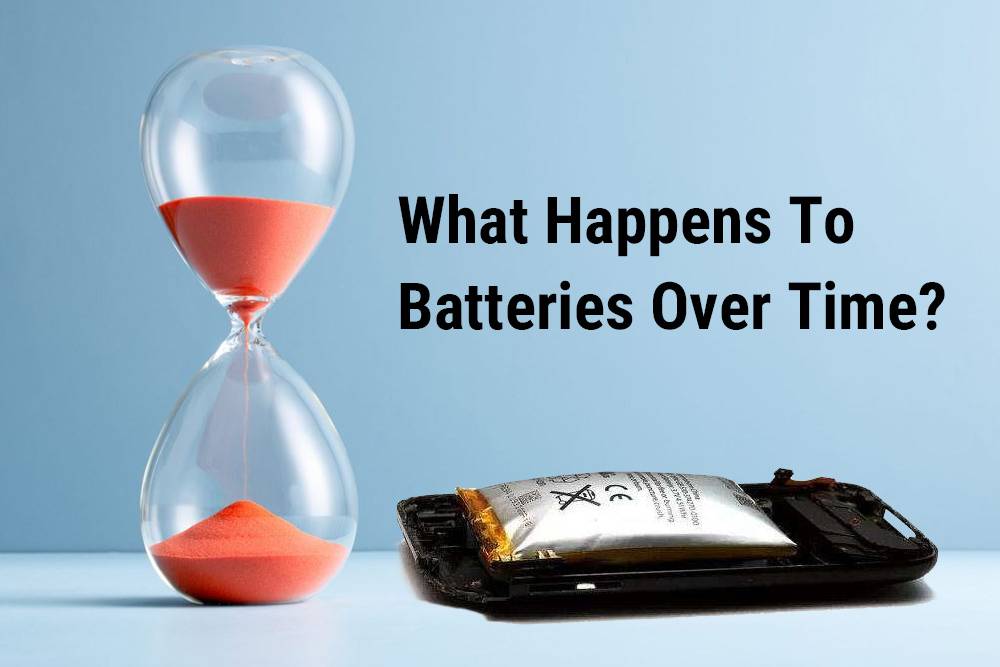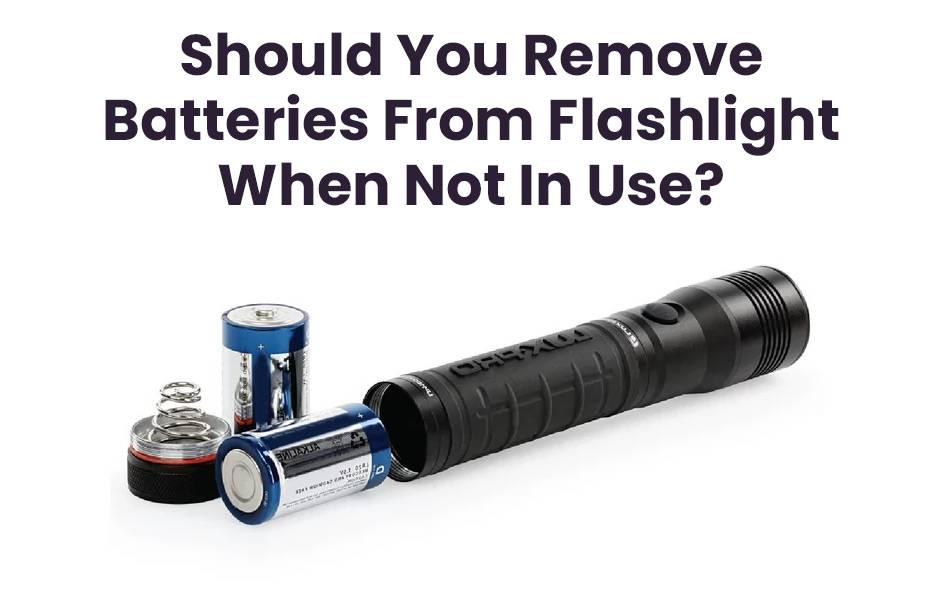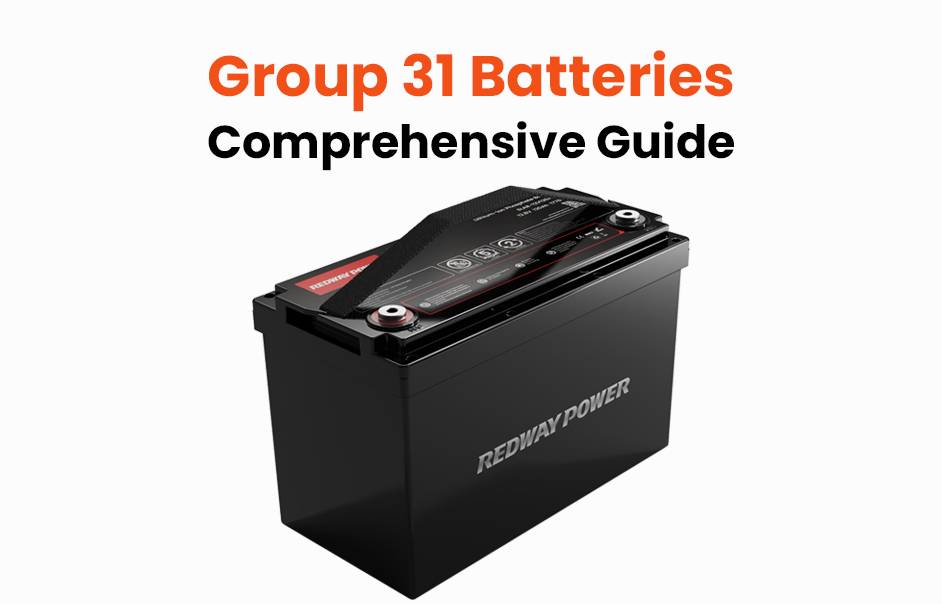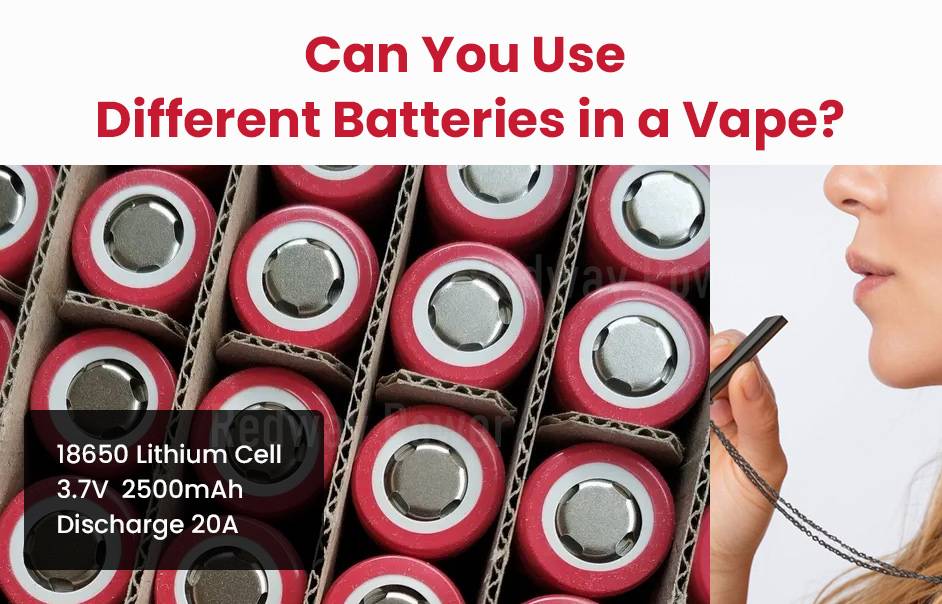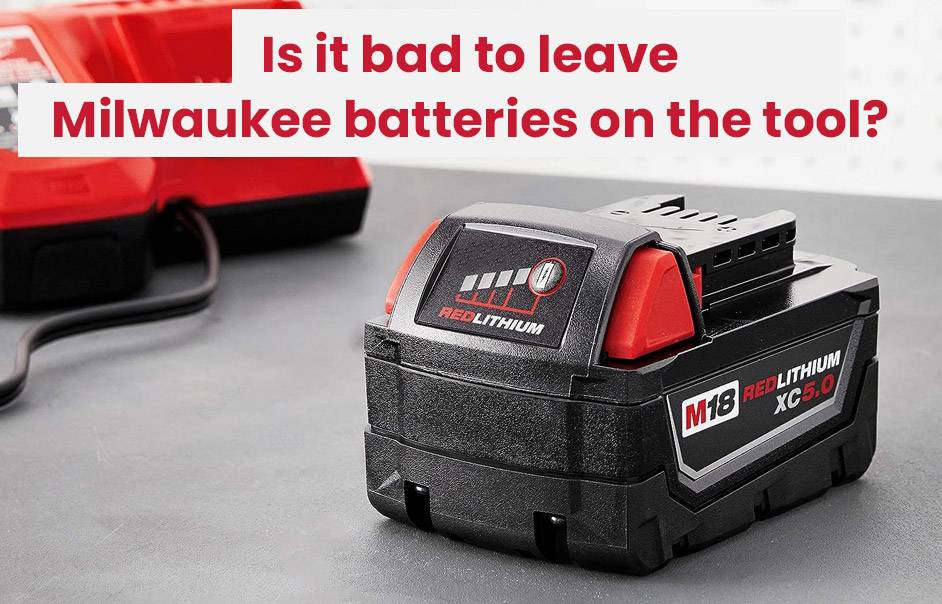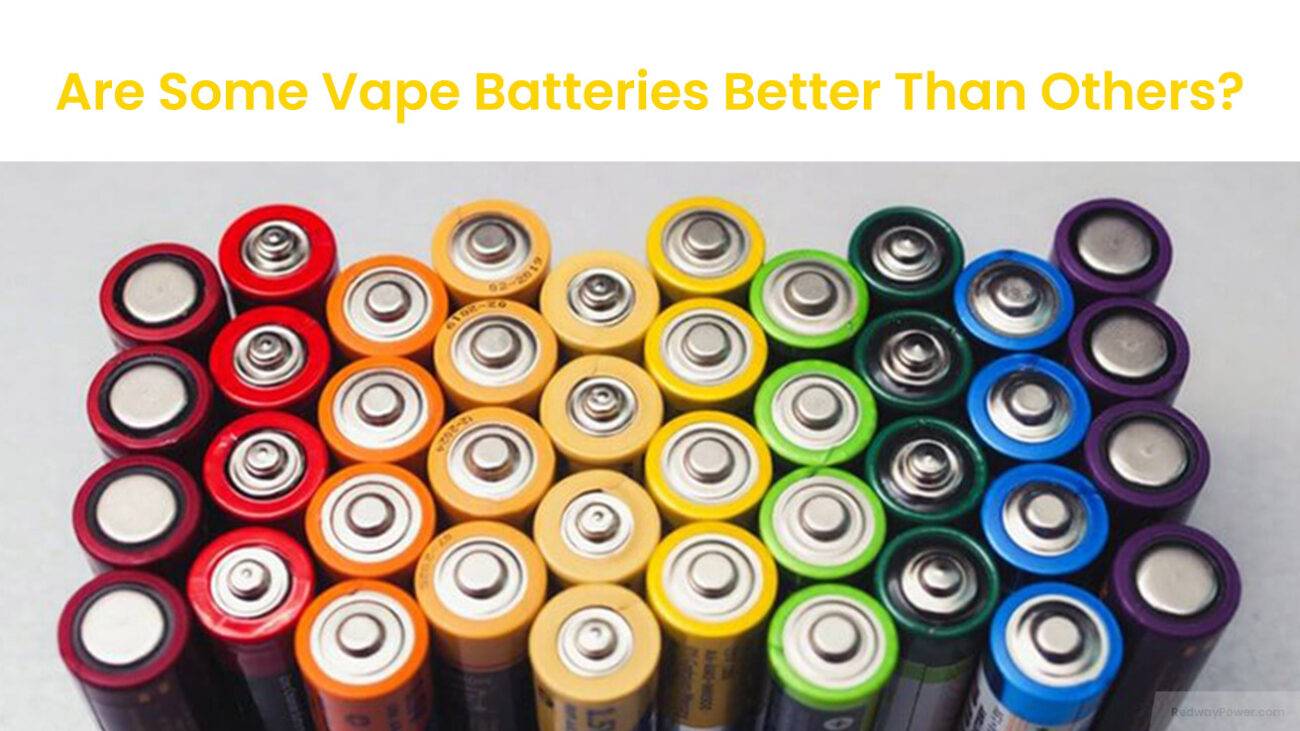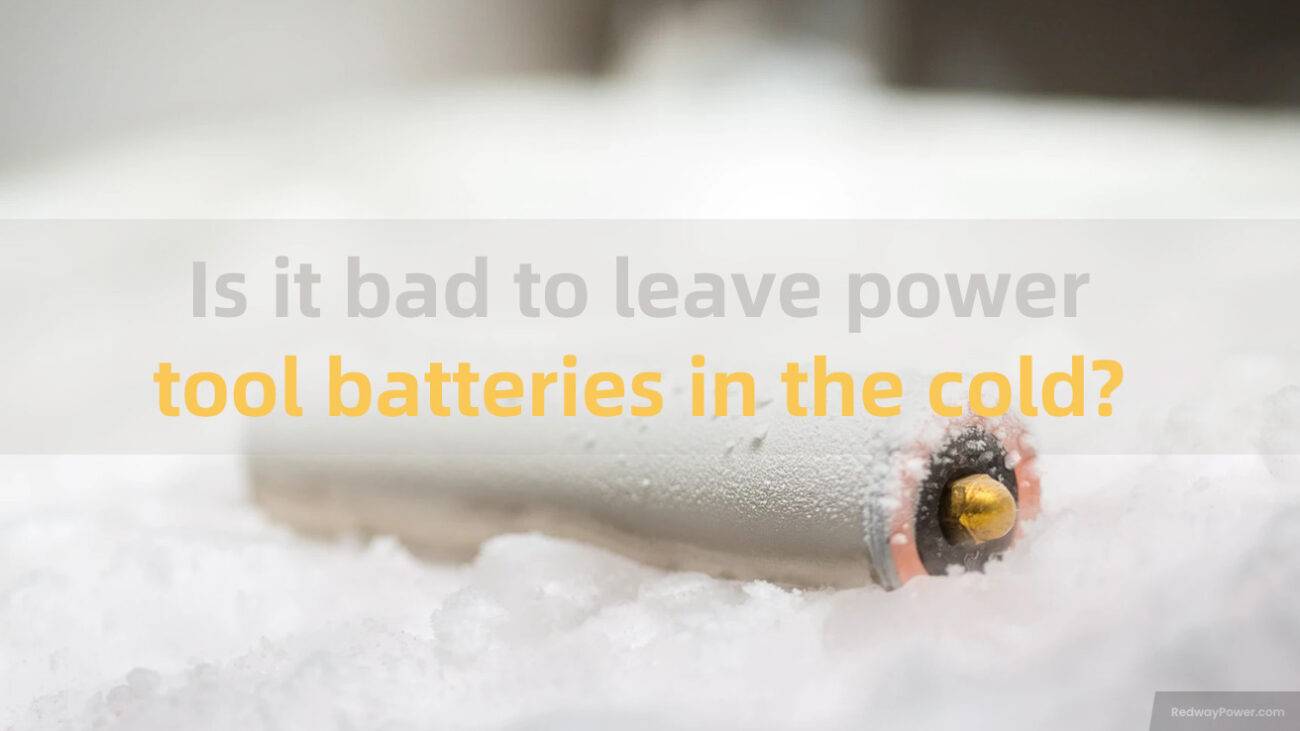- Forklift Lithium Battery
-
48V
- 48V 210Ah
- 48V 300Ah
- 48V 420Ah (949 x 349 x 569 mm)
- 48V 420Ah (950 x 421 x 450 mm)
- 48V 456Ah
- 48V 460Ah (830 x 630 x 590 mm)
- 48V 460Ah (950 x 421 x 450 mm)
- 48V 460Ah (800 x 630 x 600 mm)
- 48V 460Ah (820 x 660 x 470 mm)
- 48V 500Ah
- 48V 560Ah (810 x 630 x 600 mm)
- 48V 560Ah (950 x 592 x 450 mm)
- 48V 600Ah
- 48V 630Ah
-
48V
- Lithium Golf Cart Battery
- 12V Lithium Battery
12V 150Ah Lithium RV Battery
Bluetooth App | BCI Group 31
LiFePO4 Lithium
Discharge Temperature -20°C ~ 65°C
Fast Charger 14.6V 50A
Solar MPPT Charging - 24V Lithium Battery
- 36V Lithium Battery
- 48V Lithium Battery
-
48V LiFePO4 Battery
- 48V 50Ah
- 48V 50Ah (for Golf Carts)
- 48V 60Ah (8D)
- 48V 100Ah (8D)
- 48V 100Ah
- 48V 100Ah (Discharge 100A for Golf Carts)
- 48V 100Ah (Discharge 150A for Golf Carts)
- 48V 100Ah (Discharge 200A for Golf Carts)
- 48V 150Ah (for Golf Carts)
- 48V 160Ah (Discharge 100A for Golf Carts)
- 48V 160Ah (Discharge 160A for Golf Carts)
-
48V LiFePO4 Battery
- 60V Lithium Battery
-
60V LiFePO4 Battery
- 60V 20Ah
- 60V 30Ah
- 60V 50Ah
- 60V 50Ah (Small Size / Side Terminal)
- 60V 100Ah (for Electric Motocycle, Electric Scooter, LSV, AGV)
- 60V 100Ah (for Forklift, AGV, Electric Scooter, Sweeper)
- 60V 150Ah (E-Motocycle / E-Scooter / E-Tricycle / Tour LSV)
- 60V 200Ah (for Forklift, AGV, Electric Scooter, Sweeper)
-
60V LiFePO4 Battery
- 72V~96V Lithium Battery
- Rack-mounted Lithium Battery
- E-Bike Battery
- All-in-One Home-ESS
- Wall-mount Battery ESS
-
Home-ESS Lithium Battery PowerWall
- 24V 100Ah 2.4kWh PW24100-S PowerWall
- 48V 50Ah 2.4kWh PW4850-S PowerWall
- 48V 50Ah 2.56kWh PW5150-S PowerWall
- 48V 100Ah 5.12kWh PW51100-F PowerWall (IP65)
- 48V 100Ah 5.12kWh PW51100-S PowerWall
- 48V 100Ah 5.12kWh PW51100-H PowerWall
- 48V 200Ah 10kWh PW51200-H PowerWall
- 48V 300Ah 15kWh PW51300-H PowerWall
PowerWall 51.2V 100Ah LiFePO4 Lithium Battery
Highly popular in Asia and Eastern Europe.
CE Certification | Home-ESS -
Home-ESS Lithium Battery PowerWall
- Portable Power Stations
What You Should Know About DC Batteries
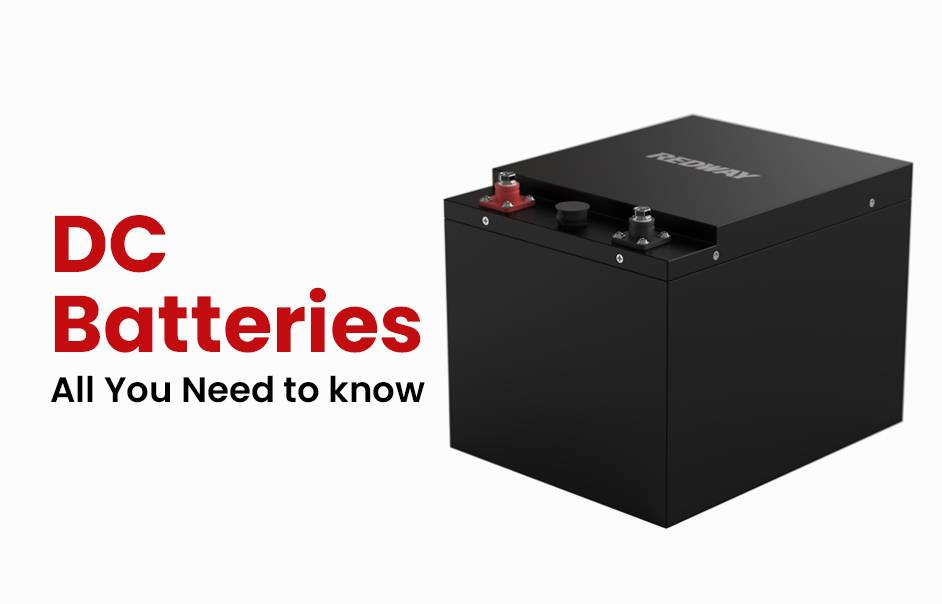
Understanding DC batteries is essential for anyone looking to power devices efficiently. Direct current (DC) batteries provide a steady flow of electricity in one direction, making them ideal for various applications, including consumer electronics, electric vehicles, and renewable energy systems. Their ability to deliver consistent power is crucial for reliable operation.
What Are DC Batteries?
DC batteries, or direct current batteries, are energy storage devices that supply electric power in a unidirectional flow. This means that the current flows consistently in one direction, unlike alternating current (AC), which changes direction periodically. Most common battery types, including lithium-ion and lead-acid batteries, are classified as DC batteries.
| Battery Type | Voltage (V) | Capacity (Ah) | Common Use Cases |
|---|---|---|---|
| Lithium-Ion | 3.7 | 1 – 100 | Smartphones, EVs |
| Lead-Acid | 12 | 20 – 200 | Cars, UPS systems |
| Nickel-Metal Hydride | 1.2 | 1 – 10 | Hybrid vehicles, cameras |
How Do DC Batteries Work?
DC batteries operate based on chemical reactions that occur within their cells. When connected to an electrical circuit, these reactions create a flow of electrons from the negative terminal (anode) to the positive terminal (cathode). This movement generates electric current, which powers connected devices.The basic components of a typical DC battery include:
- Electrolyte: A substance that facilitates ion movement between electrodes.
- Anode: The negative terminal where oxidation occurs.
- Cathode: The positive terminal where reduction takes place.
What Are the Advantages of Using DC Batteries?
DC batteries offer several advantages:
- Steady Power Supply: They provide a constant voltage output, making them ideal for sensitive electronic devices.
- High Efficiency: There are no energy losses associated with AC to DC conversion, enhancing overall efficiency.
- Longer Lifespan: Many modern DC batteries are designed with advanced materials that extend their operational life.
| Advantage | Explanation |
|---|---|
| Steady Power Supply | Constant voltage output ensures reliable operation |
| High Efficiency | No conversion losses improve energy usage |
| Longer Lifespan | Advanced materials enhance durability |
What Are the Disadvantages of Using DC Batteries?
Despite their benefits, there are some disadvantages:
- Limited Energy Storage Capacity: Some types of DC batteries may not store as much energy as desired for larger applications.
- Voltage Drop Over Time: As batteries discharge, their voltage can decrease, affecting performance.
- Cost Considerations: High-quality lithium-ion batteries can be more expensive than traditional lead-acid options.
What Are Common Applications for DC Batteries?
DC batteries are used across various industries and applications:
- Consumer Electronics: Devices like smartphones, laptops, and tablets rely on lithium-ion batteries for portable power.
- Electric Vehicles (EVs): Large battery packs provide propulsion energy and power onboard systems.
- Renewable Energy Systems: Solar panels generate and store energy in DC batteries for later use.
- Backup Power Supplies: Uninterruptible power supplies (UPS) utilize lead-acid or lithium-ion batteries to maintain power during outages.
How Do DC Batteries Compare to AC Batteries?
DC and AC batteries serve different purposes based on their current flow characteristics:
- DC Batteries: Provide direct current; commonly used in portable devices and electric vehicles.
- AC Power Sources: Used in household electricity; requires conversion from AC to DC for battery-powered devices.
Understanding these differences helps users select the right type of battery for their needs.
Can You Use AC Devices with DC Batteries?
Using AC devices directly with DC batteries is not feasible without conversion equipment. Devices designed for AC power require an inverter to convert the stored direct current into alternating current suitable for operation.Redway Power offers solutions that facilitate this conversion process through integrated systems designed for various applications.
What Are Alternatives to Traditional DC Battery Models?
For those seeking alternatives to standard battery models like lead-acid or traditional lithium-ion types, options include:
- Lithium Iron Phosphate (LiFePO4): Known for safety and thermal stability.
- Nickel-Cadmium (NiCd): Offers good performance but has memory effect issues.
- Sodium-Ion Batteries: Emerging technology that provides potential cost benefits.
These alternatives cater to specific needs while addressing limitations associated with traditional models.
Tips for Battery Wholesale Buyers
When considering OEM orders or wholesale purchases of lithium batteries, partnering with a reliable manufacturer like Redway Power is essential. With over 13 years of experience in lithium battery production, they ensure quality products tailored to diverse needs. Buyers should:
- Verify product specifications before placing orders.
- Understand minimum order quantities and lead times.
- Request samples to assess quality.
Choosing a reputable supplier guarantees consistent performance across your battery solutions.
Redway Power Expert Views
“Understanding the nuances of battery technologies is crucial as we transition towards more sustainable energy solutions,” states an expert from Redway Power. “As industries evolve, choosing the right type of battery will be key to ensuring efficiency and reliability.”
Nickel-Metal Hydride (NiMH) Batteries:
Similar to NiCd batteries but without the toxic cadmium content, NiMH batteries offer improved capacity compared to traditional alkaline cells. They are often used in cordless phones, digital cameras, and handheld gaming devices.
FAQs
What voltage is too low for a 12 volt deep cycle battery?
A voltage of around 10.5 volts or lower is considered too low for a 12-volt deep cycle battery. At this voltage level, the battery is considered deeply discharged, and further discharging may cause damage or reduce its lifespan.
How are DC batteries rated?
DC batteries, including deep cycle batteries, are typically rated in terms of their voltage, capacity (amp-hours or watt-hours), and sometimes their maximum discharge rate (C-rating). These ratings help users understand the battery’s performance characteristics and suitability for specific applications.
How do you tell if a deep cycle battery is fully charged?
Several methods can be used to determine if a deep cycle battery is fully charged, including:
- Measuring the voltage: A fully charged deep cycle battery typically reads around 12.6 to 12.8 volts for a 12-volt battery.
- Specific gravity test (for flooded lead-acid batteries): Checking the specific gravity of the electrolyte using a hydrometer can indicate the state of charge.
- Battery charger indicator: Many battery chargers have indicators that show when the battery is fully charged.
Do DC to DC chargers get hot?
DC to DC chargers may generate some heat during operation, especially under heavy load or high ambient temperatures. However, modern DC to DC chargers are designed with thermal management features to dissipate heat effectively and maintain safe operating temperatures.
Do DC to DC chargers drain the main battery?
DC to DC chargers typically do not drain the main battery when the vehicle is not running. However, some models may have a minimal standby current draw to power internal electronics or maintain control circuits. This standby draw is usually low enough not to significantly affect the main battery’s charge.
What is the lifespan of a DC battery?
The lifespan of a DC (deep cycle) battery depends on factors such as usage patterns, maintenance practices, environmental conditions, and battery chemistry. Well-maintained deep cycle batteries can last anywhere from 3 to 10 years or more, with proper care and periodic maintenance.
What size DC to DC charger should I use?
The size of a DC to DC charger depends on factors such as the battery capacity, charging requirements, and the electrical system of the vehicle or application. It’s essential to choose a charger that matches the voltage and current requirements of the battery and can provide sufficient charging power for reliable operation.
What is the maximum voltage in a DC battery?
The maximum voltage of a DC (deep cycle) battery depends on its design and chemistry. For example, a fully charged 12-volt lead-acid battery may have a voltage of around 12.6 to 12.8 volts. Exceeding this voltage, especially under charging conditions, can lead to overcharging and potential damage to the battery.
How much DC voltage can shock you?
The voltage required to cause an electric shock depends on various factors such as the current flow, duration of exposure, and individual susceptibility. In general, DC voltages above 30 volts can potentially be hazardous and cause electric shock, especially if the current flow is sufficient to overcome the body’s resistance.
Is 48V DC considered high voltage?
A voltage of 48 volts DC is considered relatively high compared to lower voltages commonly found in household electronics or automotive systems. While it may not be considered extremely high voltage in industrial or utility settings, it still poses a risk of electric shock and should be handled with caution and respect for safety precautions.
Four Stages of the Charging Process in PV System Charge Controllers:
- Bulk Charge: Delivers maximum current to the battery until it reaches a set voltage.
- Absorption Charge: Maintains a constant voltage while current gradually decreases as the battery becomes fully charged.
- Float Charge: Reduces voltage to maintain the battery at full charge without overcharging.
- Equalization Charge (if applicable): Applies a controlled overcharge to balance the cells and prevent sulfate buildup.
Can PV System Charge Controllers Charge 24-Volt Batteries from a Vehicle? No, PV system charge controllers are typically designed to work with solar panels and are usually configured for 12V or 24V systems, not for vehicle batteries directly. Charging 24V batteries from a vehicle would require a specific vehicle-to-battery charger.
Different Current Settings for PV System Charge Controllers Based on Battery Capacity: Current settings vary widely, typically from 5A to over 60A. The appropriate setting depends on the battery’s capacity and the solar panel output, ensuring optimal charging without overloading.
Protection Against Output Short Circuits and Battery Polarity Issues: PV system charge controllers protect against short circuits and battery polarity issues through built-in fuses or circuit breakers, reverse polarity protection, and automatic shutdown features.
Are PV System Charge Controllers Automatic or Manual? Most PV system charge controllers are automatic, adjusting charging stages and voltage levels based on real-time battery conditions. Manual controllers are less common but allow users to set parameters manually.
Types of Charging Algorithms Used by PV System Charge Controllers: Common algorithms include:
- MPPT (Maximum Power Point Tracking): Optimizes solar power output.
- PWM (Pulse Width Modulation): Regulates voltage and current.
- Three-Stage Charging: Includes bulk, absorption, and float stages.
Applications for PV System Charge Controllers: They are used in residential and commercial solar power systems, off-grid installations, remote monitoring stations, and mobile solar setups like RVs and boats.
Types of Batteries PV System Charge Controllers Can Charge: They can charge various types of batteries, including lead-acid (flooded, AGM, gel) and lithium-ion batteries. Some controllers are compatible with specific battery chemistries or require adjustments for different types.
Primary Function of PV System Charge Controllers: The primary function is to regulate the voltage and current from the solar panels to the battery, ensuring efficient charging, preventing overcharging, and protecting both the batteries and the solar array.
















